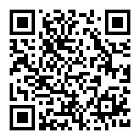ISO/TS 10811-1-2000 機(jī)械振動(dòng)與沖擊 具有敏感設(shè)備的建筑物的振動(dòng)和沖擊 第1部分:測(cè)量和評(píng)價(jià)
作者:百檢網(wǎng) 時(shí)間:2021-08-04
中文標(biāo)準(zhǔn)名稱:機(jī)械振動(dòng)與沖擊 具有敏感設(shè)備的建筑物的振動(dòng)和沖擊 第1部分:測(cè)量和評(píng)價(jià)
英文標(biāo)準(zhǔn)名稱:Mechanical vibration and shock - Vibration and shock in buildings with sensitive equipment - Part 1: Measurement and evaluation
標(biāo)準(zhǔn)類型:J04
發(fā)布日期:1999/12/31 12:00:00
實(shí)施日期:1999/12/31 12:00:00
中國(guó)標(biāo)準(zhǔn)分類號(hào):J04
國(guó)際標(biāo)準(zhǔn)分類號(hào):17.160;91.120.25
適用范圍:This part of ISO/TS 10811 defines methods of measurement, algorithms for analysis and the report of shock and vibration data for equipment in buildings which is sensitive to shock and vibration. The methods are applicable to the quantification of a future installation or the verification of an existing one. Accurate vibration data acquisition, analysis and uniform reporting methods are needed to evaluate vibration relative to manufacturers' and generic vibration criteria. Expected levels of vibration can be found in IEC 60721. Procedures for testing of equipment can be found in IEC 60068. NOTE A classification system of environmental vibration conditions established from measurements according to this part of ISO/TS 10811 should serve as guidelines for designers, manufacturers and users of shock-and-vibration-sensitive equipment and for building constructors (see ISO/TS 10811-2). The types of shock and vibration considered are those transmitted from floors, tables, walls, ceilings or isolation systems into an equipment unit. The vibration and shock response of individual mechanical or electronic parts inside the unit are not considered explicitly. The types of sensitive equipment envisaged include, but are not limited to, the following: a) stationary computer systems, including the peripherals; b) stationary telecommunication equipment; c) stationary laboratory equipment such as electron microscopes, equipment using scanning probe methods, biotechnical instrumentation, mass spectrometers, etc.; d) mechanical high-precision instruments (tools) such as equipment for microelectronics production; e) optical high-precision instruments, systems for photoreproduction; f) electromechanical systems in traffic control centres for trains; g) security equipment (fire intrusion) and equipment for access control. The types of shock and vibration considered herein can be generated by the following: — external sources, for example traffic (by road, rail or air), or building and construction activities such as blasting, piling and vibratory compaction; the vibration response to sonic booms and acoustical excitations is also included as well as weather-induced vibration; — equipment for indoor use, such as punch presses, forging hammers, rotary equipment (air compressors, air conditioner systems, etc.) and heavy equipment transported or operated inside a building; — human activities in connection with the service or operation of the equipment, for example, people walking, especially on raised floors. The measurement and evaluation of shock and vibration effects on sensitive equipment in buildings covered in this part of ISO/TS 10811 does not directly consider the human operators' capability to observe, operate or maintain the equipment. For vibration effects on human beings, see ISO 2631. The frequency range of interest is normally 2 Hz to 200 Hz. Normally the dominant frequencies are less than 100 Hz because they represent the response of the elements in the building. For special purposes, another frequency range may be used and the numbers referring to frequency range should be changed accordingly. The vibration amplitude and duration depend mainly upon the source, its distance from sensitive equipment, and the response of the elements of the building containing the sensitive equipment. Expressed in terms of vibration velocity, the values to consider are in the range 0,001 mm/s to 10 mm/s. This part of ISO/TS 10811 deals only with vibration from a maximum amplitude point of view. The concept of vibration dose (e.g. estimation of fatigue life) is not treated.
相關(guān)標(biāo)準(zhǔn)
《GB 7494-1987》水質(zhì) 陰離子表面活性劑的測(cè)定 亞甲藍(lán)分光光度法 GB 7494-1987
《GB 19300-2014》食品安全國(guó)家標(biāo)準(zhǔn) 堅(jiān)果與籽類食品 GB 19300-2014 附錄 B
《GB/T 5750.10-2006》生活飲用水標(biāo)準(zhǔn)檢驗(yàn)方法 消毒副產(chǎn)物指標(biāo) GB/T 5750.10-2006 13.2 離子色譜法-氫氧根系統(tǒng)淋洗液
《GB/T 5750.10-2006》生活飲用水標(biāo)準(zhǔn)檢驗(yàn)方法 消毒副產(chǎn)物指標(biāo) GB/T 5750.10-2006 13.2 離子色譜法-氫氧根系統(tǒng)淋洗液
《GB/T 5750.10-2006》生活飲用水標(biāo)準(zhǔn)檢驗(yàn)方法 消毒副產(chǎn)物指標(biāo) GB/T 5750.10-2006 13.2 離子色譜法-氫氧根系統(tǒng)淋洗液
《GB/T 5750.10-2006》生活飲用水標(biāo)準(zhǔn)檢驗(yàn)方法 消毒副產(chǎn)物指標(biāo) GB/T 5750.10-2006
《GB/T 5750.10-2006》生活飲用水標(biāo)準(zhǔn)檢驗(yàn)方法消毒副產(chǎn)物指標(biāo) GB/T 5750.10-2006 6.1 4-氨基-3-聯(lián)氨-5-巰基-1,2,4-三氮雜茂(AHMT)分光光度法
《GB/T5750.4-2006》生活飲用水標(biāo)準(zhǔn)檢驗(yàn)方法 感官性狀和物理指標(biāo) GB/T5750.4-2006 10.1亞甲藍(lán)分光光度法
《GB/T 14584-1993》空氣中碘-131的取樣與測(cè)定 GB/T 14584-1993
百檢能給您帶來(lái)哪些改變?
1、檢測(cè)行業(yè)全覆蓋,滿足不同的檢測(cè);
2、實(shí)驗(yàn)室全覆蓋,就近分配本地化檢測(cè);
3、工程師一對(duì)一服務(wù),讓檢測(cè)更精準(zhǔn);
4、免費(fèi)初檢,初檢不收取檢測(cè)費(fèi)用;
5、自助下單 快遞免費(fèi)上門取樣;
6、周期短,費(fèi)用低,服務(wù)周到;
7、擁有CMA、CNAS、CAL等權(quán)威資質(zhì);
8、檢測(cè)報(bào)告權(quán)威有效、中國(guó)通用;
客戶案例展示
相關(guān)商品
相關(guān)資訊

最新資訊
版權(quán)與免責(zé)聲明
①本網(wǎng)注名來(lái)源于“互聯(lián)網(wǎng)”的所有作品,版權(quán)歸原作者或者來(lái)源機(jī)構(gòu)所有,如果有涉及作品內(nèi)容、版權(quán)等問(wèn)題,請(qǐng)?jiān)谧髌钒l(fā)表之日起一個(gè)月內(nèi)與本網(wǎng)聯(lián)系,聯(lián)系郵箱service@baijiantest.com,否則視為默認(rèn)百檢網(wǎng)有權(quán)進(jìn)行轉(zhuǎn)載。
②本網(wǎng)注名來(lái)源于“百檢網(wǎng)”的所有作品,版權(quán)歸百檢網(wǎng)所有,未經(jīng)本網(wǎng)授權(quán)不得轉(zhuǎn)載、摘編或利用其它方式使用。想要轉(zhuǎn)載本網(wǎng)作品,請(qǐng)聯(lián)系:service@baijiantest.com。已獲本網(wǎng)授權(quán)的作品,應(yīng)在授權(quán)范圍內(nèi)使用,并注明"來(lái)源:百檢網(wǎng)"。違者本網(wǎng)將追究相關(guān)法律責(zé)任。
③本網(wǎng)所載作品僅代表作者獨(dú)立觀點(diǎn),不代表百檢立場(chǎng),用戶需作出獨(dú)立判斷,如有異議或投訴,請(qǐng)聯(lián)系service@baijiantest.com



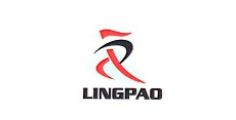
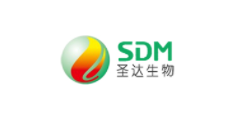
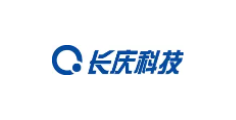
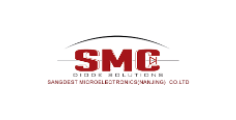
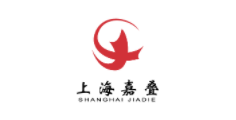
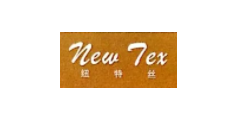
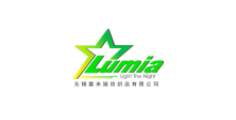
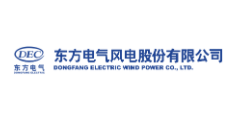
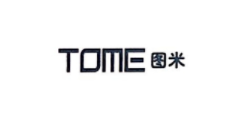
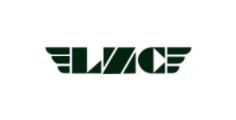

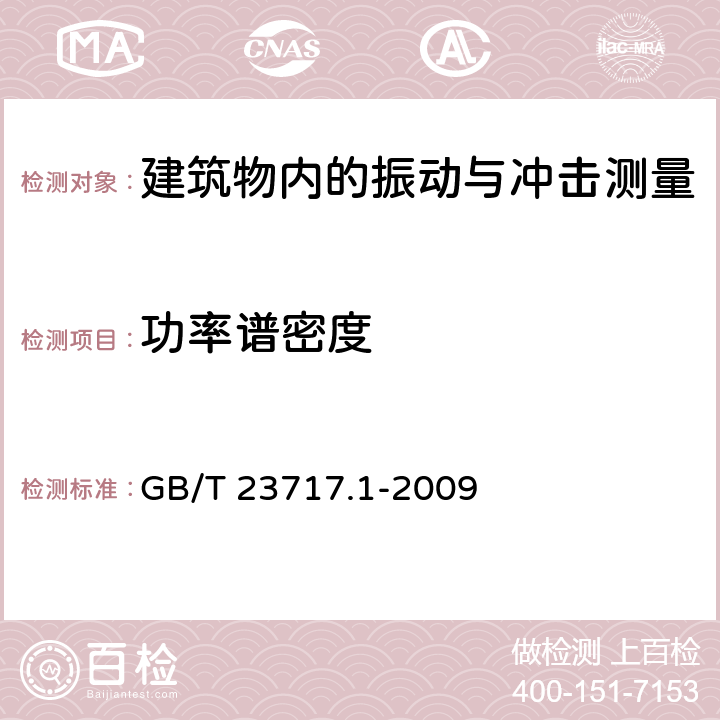
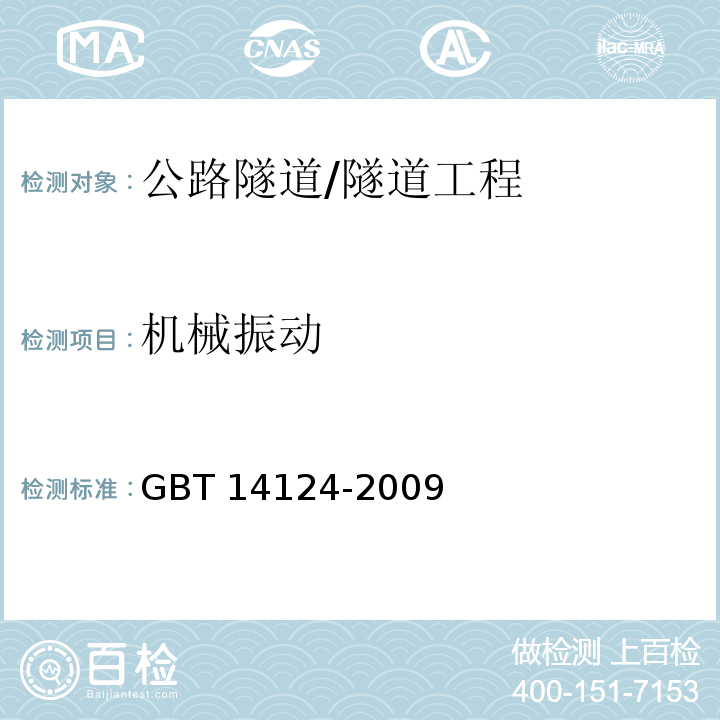
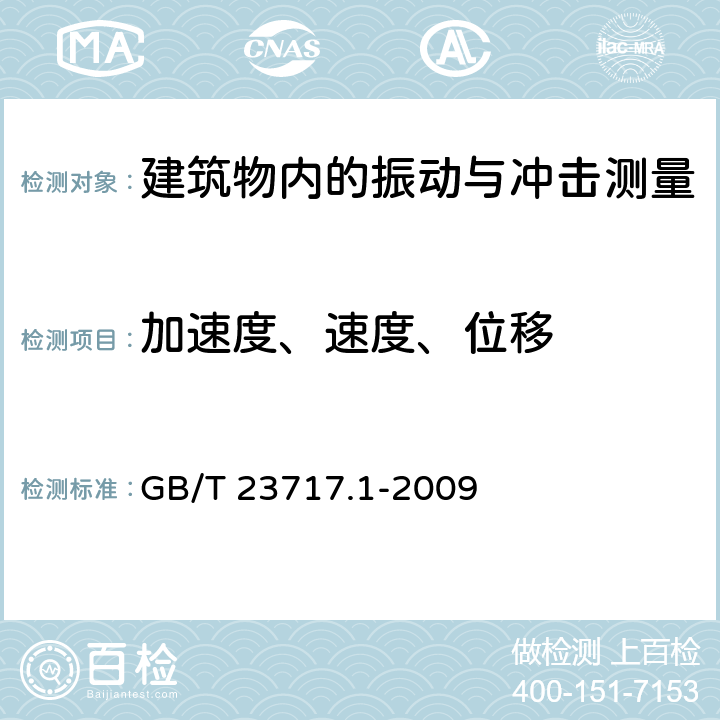

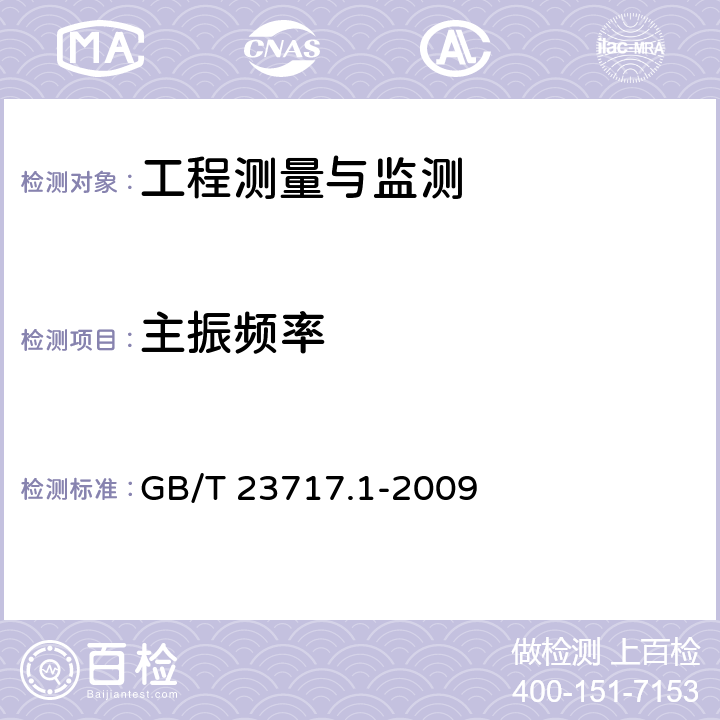

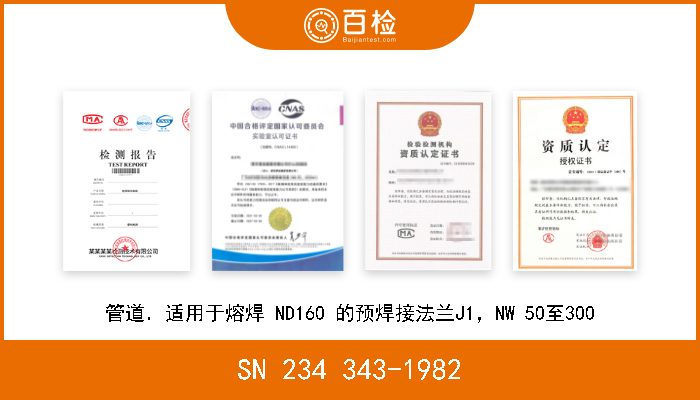
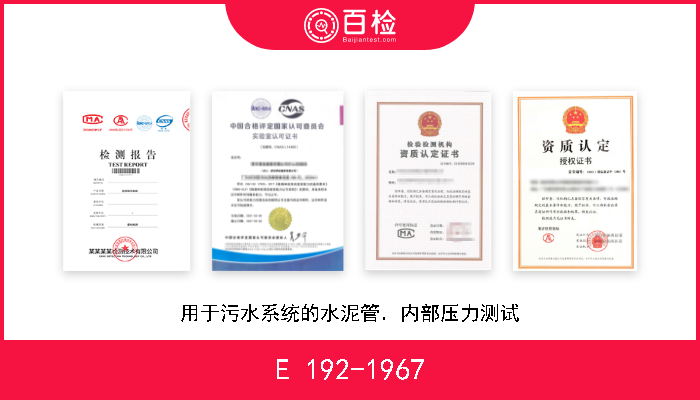
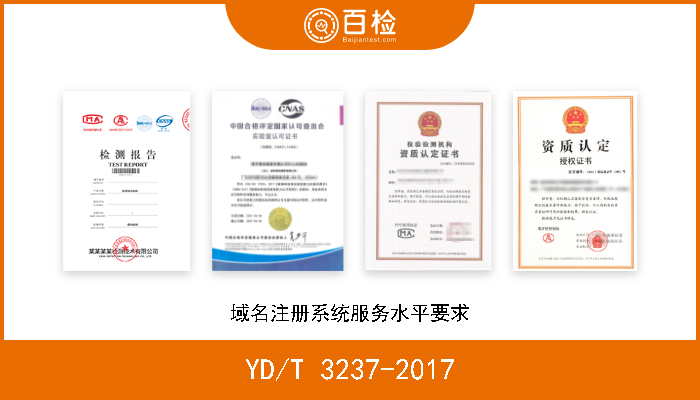
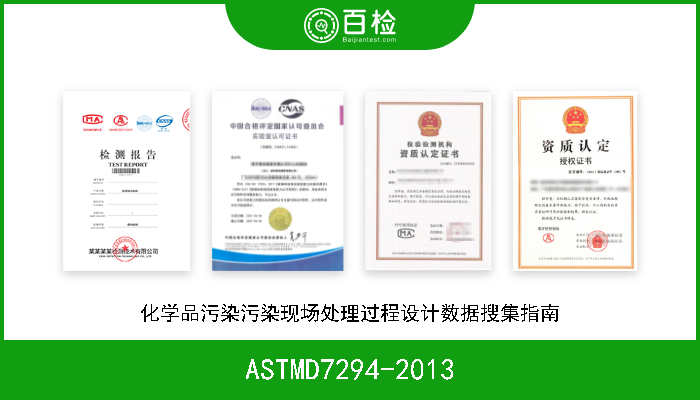
.png)
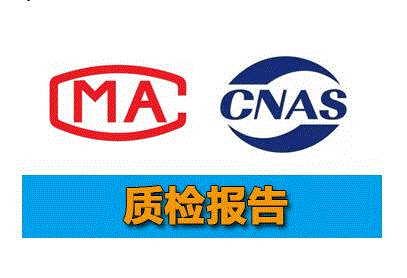
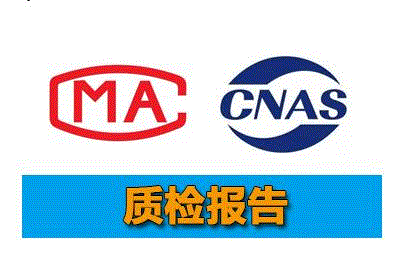
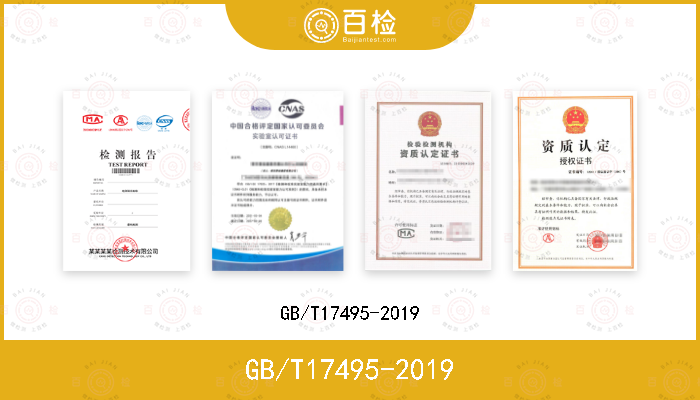


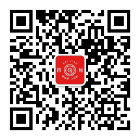
 400-101-7153
400-101-7153 15201733840
15201733840